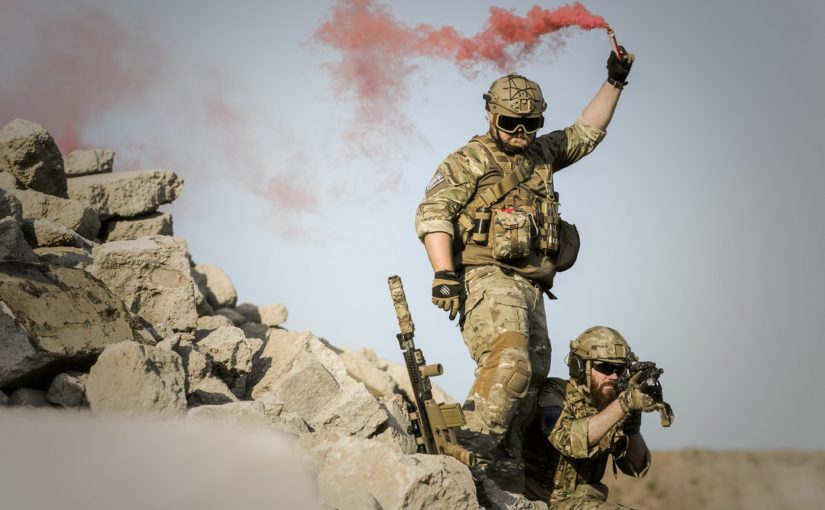When it comes to selecting body armor, the most important consideration is the Level IIIA ARMOR Ballistic Resistance Rating. This rating measures the protection level and indicates how much damage a particular armor can withstand before failing. It is important to understand this rating to make informed decisions when it comes to selecting body armor.
Level IIIA Protection Ratings Explained
The National Institute of Justice (NIJ) has established the NIJ Standard-0101.04 for Personal Body Armor. This standard provides a system for classifying body armor based on its ballistic resistance capabilities, including resistance to bullets and fragments from explosive devices.
Level IIIA armor must meet or exceed requirements set by the NIJ Standard-0101.04 in terms of material strength and durability, as well as performance against specific types of ammunition. The performance criteria are based on tests that measure the back face deformation (BFD) caused by a bullet’s impact on the armor material. The BFD test measures the depth of penetration into a sample piece of material from a given distance after being shot with various types of ammunition at certain velocities and pressures.
The BFD test results determine where on the scale between Level I (lowest) and Level IIIA (highest) an armor will fall in terms of performance against different types of ammunition fired at different velocities and pressures. Level IIIA armors must protect against all common handgun calibers up to .44 Magnum, as well as other high-velocity projectiles such as 9mm FMJ RN, .357 SIG FMJ FN, and .44 Magnum SJHP bullets fired at 1,400 feet per second or less with no more than 44 mm average back face deformation in tested samples.
Level IIIA armors are also required to protect against threats from fragments from explosive devices such as hand grenades and fragmentation rounds from assault rifles such as 5.56mm SS109/M855 ammo fired at 3,000 feet per second or less with no more than 44 mm average back face deformation in tested samples.
When it comes to selecting body armor, it is important to understand the NIJ Standard-0101.04 for Personal Body Armor so that you can make an informed decision about what type of protection you require for your situation or environment. Understanding the Level IIIA Ballistic Resistance Rating will ensure that you choose an armor that offers adequate protection while providing comfort and mobility during active use cases such as tactical operations or law enforcement activities.
For more articles, please click here.
